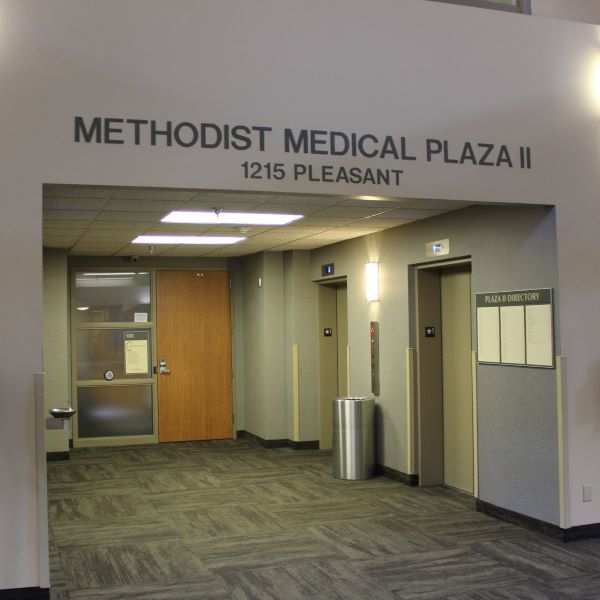Brain Conditions We Treat
The neurosurgeons at The Iowa Clinic perform hundreds of surgeries each year, treating a wide variety of brain conditions and diseases. Even rare conditions are routine for us. We treat traumatic brain injuries, acoustic neuromas, brain hemorrhages, brain tumors and more.
Acoustic Neuroma
Chiari I Malformation
Glioma Brain Tumor
Intracerebral Hemorrhage
Meningioma Brain Tumor
Metastatic Brain Tumor
Normal Pressure Hydrocephalus
Pituitary Tumors
Traumatic Brain Injury
Brain Treatments & Procedures We Provide
Your brain is the most important organ in your body. That's why it's critical to choose an experienced neurological team. We offer the latest treatments for disease, injury and trauma of the brain.

.jpg)





